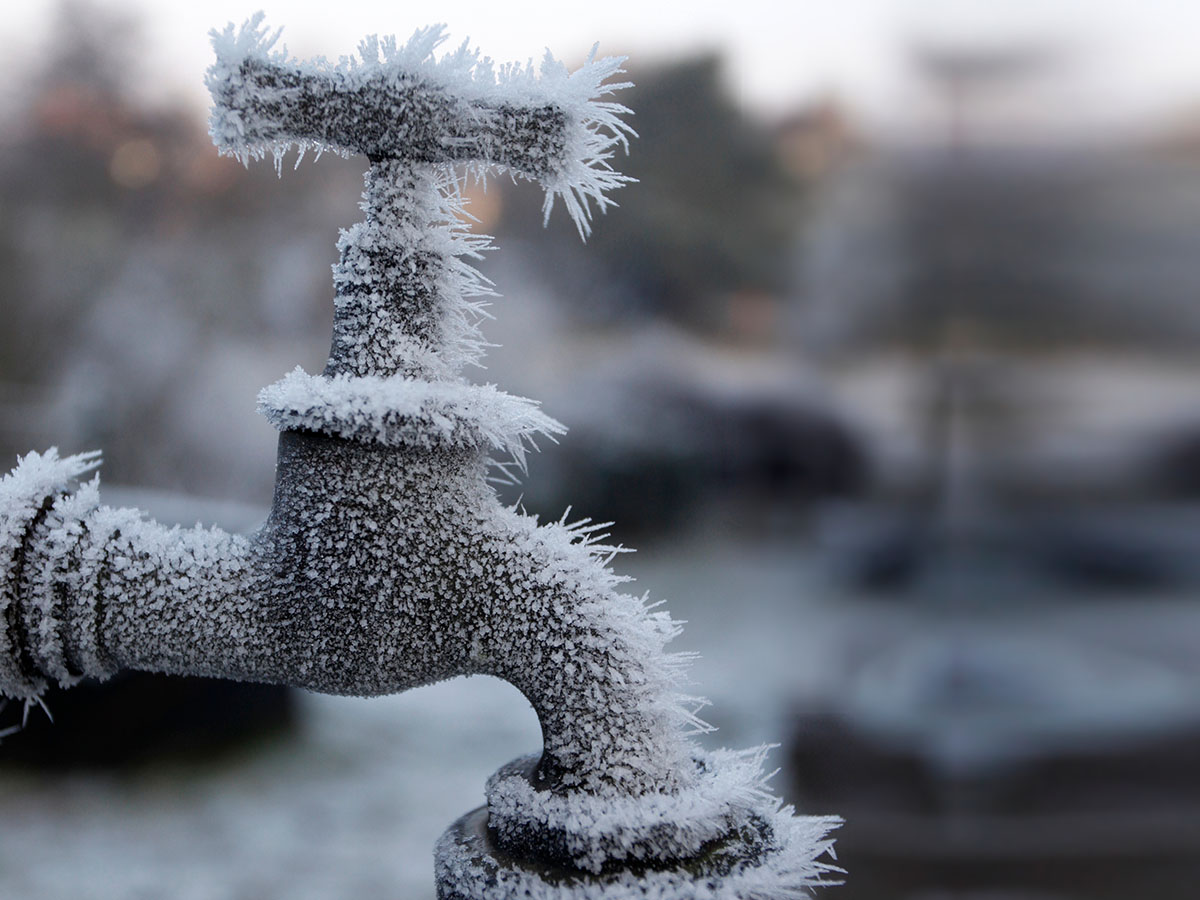Crucial Advice to Avoid Frozen Pipes in Cold Weather: Professional Insights
Crucial Advice to Avoid Frozen Pipes in Cold Weather: Professional Insights
Blog Article
Presented here further down you will find more sound ideas involving How To Avoid Freezing Pipes.

Winter can wreak havoc on your plumbing, particularly by freezing pipes. Below's just how to stop it from taking place and what to do if it does.
Intro
As temperatures drop, the risk of icy pipelines boosts, potentially leading to pricey repair services and water damage. Understanding just how to stop icy pipelines is critical for property owners in chilly climates.
Comprehending Icy Pipelines
What creates pipelines to freeze?
Pipes freeze when subjected to temperatures listed below 32 ° F (0 ° C) for prolonged durations. As water inside the pipes freezes, it increases, putting pressure on the pipeline wall surfaces and potentially triggering them to break.
Risks and problems
Icy pipes can result in water disruptions, property damage, and costly repairs. Burst pipes can flood homes and trigger substantial architectural damages.
Indications of Frozen Piping
Recognizing icy pipelines early can stop them from rupturing.
Exactly how to determine frozen pipes
Look for lowered water circulation from faucets, unusual smells or sounds from pipes, and visible frost on revealed pipelines.
Prevention Tips
Shielding prone pipes
Cover pipelines in insulation sleeves or use warmth tape to secure them from freezing temperatures. Concentrate on pipes in unheated or external areas of the home.
Home heating techniques
Maintain interior areas appropriately heated, specifically locations with plumbing. Open up cabinet doors to enable warm air to distribute around pipelines under sinks.
Securing Outside Pipes
Yard pipes and outside taps
Detach and drain pipes garden hoses before winter months. Install frost-proof spigots or cover outside faucets with protected caps.
What to Do If Your Pipelines Freeze
Immediate activities to take
If you believe icy pipelines, maintain taps open to soothe stress as the ice thaws. Utilize a hairdryer or towels taken in hot water to thaw pipes slowly.
Long-Term Solutions
Architectural changes
Take into consideration rerouting pipelines away from exterior wall surfaces or unheated locations. Add added insulation to attic rooms, basements, and crawl spaces.
Updating insulation
Buy top quality insulation for pipelines, attic rooms, and wall surfaces. Correct insulation helps maintain consistent temperatures and reduces the risk of icy pipelines.
Verdict
Protecting against icy pipelines needs proactive measures and fast actions. By comprehending the causes, indications, and preventive measures, house owners can shield their plumbing during cold weather.
5 Ways to Prevent Frozen Pipes
Drain Outdoor Faucets and Disconnect Hoses
First, close the shut-off valve that controls the flow of water in the pipe to your outdoor faucet. Then, head outside to disconnect and drain your hose and open the outdoor faucet to allow the water to completely drain out of the line. Turn off the faucet when done. Finally, head back to the shut-off valve and drain the remaining water inside the pipe into a bucket or container. Additionally, if you have a home irrigation system, you should consider hiring an expert to clear the system of water each year.
Insulate Pipes
One of the best and most cost-effective methods for preventing frozen water pipes is to wrap your pipes with insulation. This is especially important for areas in your home that aren’t exposed to heat, such as an attic. We suggest using foam sleeves, which can typically be found at your local hardware store.
Keep Heat Running at 65
Your pipes are located inside your walls, and the temperature there is much colder than the rest of the house. To prevent your pipes from freezing, The Insurance Information Institute suggests that you keep your home heated to at least 65 degrees, even when traveling. You may want to invest in smart devices that can keep an eye on the temperature in your home while you’re away.
Leave Water Dripping
Moving water — even a small trickle — can prevent ice from forming inside your pipes. When freezing temps are imminent, start a drip of water from all faucets that serve exposed pipes. Leaving a few faucets running will also help relieve pressure inside the pipes and help prevent a rupture if the water inside freezes.
Open Cupboard Doors
Warm your kitchen and bathroom pipes by opening cupboards and vanities. You should also leave your interior doors ajar to help warm air circulate evenly throughout your home.

I am just very intrigued by Winter Plumbing Precautions: Preventing Frozen Pipes and I'm hoping you appreciated the entire blog post. Be sure to take the opportunity to promote this blog entry if you appreciated it. I recognize the value of reading our article about How To Avoid Freezing Pipes.
Click Here Report this page